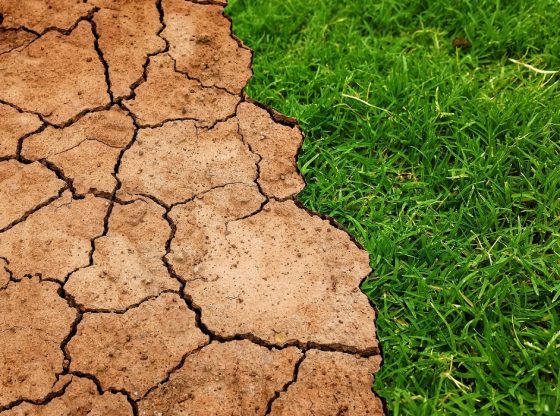When the permafrost melts, ancient methane is released into the atmosphere, research shows. It could accelerate global warming more than previously assumed.

Large parts of the Earth are covered by permafrost, that is, areas with soil and ice that are constantly frozen.
In some places, for example in Siberia and the Arctic, this layer is up to 700 meters thick, accumulated over several million years.
The soil layer of permafrost contains billions of tons of organic matter, i.e. plants, bacteria and small animals that are collected in the ice layer, that slowly molder and converts to different gases in the cold.

Methane: A potent greenhouse gas
The frozen ground is like a giant hatch that covers ancient greenhouse gasses such as methane. Methane has a global warming potential of 34 compared to CO2 over a 100-year period, and 72 over a 20-year period.
The Earth’s atmospheric methane concentration has actually increased by about 150% since 1750 and accounts for 20% of the total radiative greenhouse forcing from all of the long-lived and globally mixed greenhouse gases.
Thawing: A nightmare scenario
Climate scientists are worried that the permafrost methane reserves will be released into the atmosphere as the permafrost continues to thaw, which will cause the temperature of the soil to increase even more – creating a feedback effect.
It is unclear how much methane can be released, but a new research project shows that it could be much more than has previously been assumed.
To get a better understanding of the risk, German researchers collected air samples from a 10,000 square kilometer area of permafrost in Mackenzie Delta in northern Canada.
It was found that the emission of methane is 13 times higher in areas where the permafrost is thawing more and hence thinner.
So, even if the permafrost covers only one percent of the area it is today, it will contribute 17 percent of the total methane emissions.
The emission can thus prove to be significantly higher than it has assumed so far as the permafrost of the Earth will continue to thaw.
Reference:
Katrin Kohnert, Andrei Serafimovich, Stefan Metzger, Jörg Hartmann & Torsten Sachs Strong geologic methane emissions from discontinuous terrestrial permafrost in the Mackenzie Delta, Canada Scientific Reports 7, Article number: 5828 (2017) doi:10.1038/s41598-017-05783-2











![OpenAI. (2025). ChatGPT [Large language model]. https://chatgpt.com](https://www.illustratedcuriosity.com/files/media/55136/b1b0b614-5b72-486c-901d-ff244549d67a-350x260.webp)
![OpenAI. (2025). ChatGPT [Large language model]. https://chatgpt.com](https://www.illustratedcuriosity.com/files/media/55124/79bc18fa-f616-4951-856f-cc724ad5d497-350x260.webp)
![OpenAI. (2025). ChatGPT [Large language model]. https://chatgpt.com](https://www.illustratedcuriosity.com/files/media/55099/2638a982-b4de-4913-8a1c-1479df352bf3-350x260.webp)








